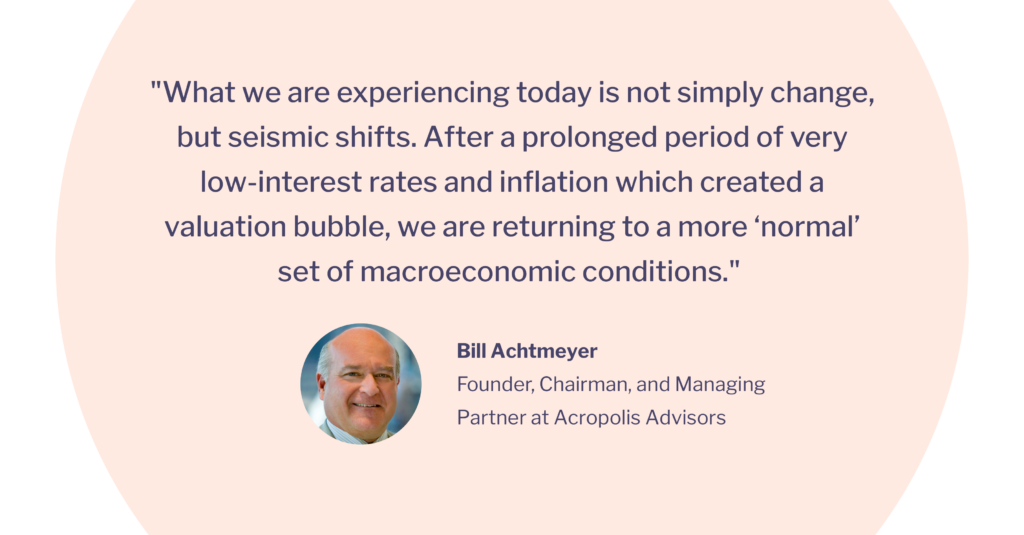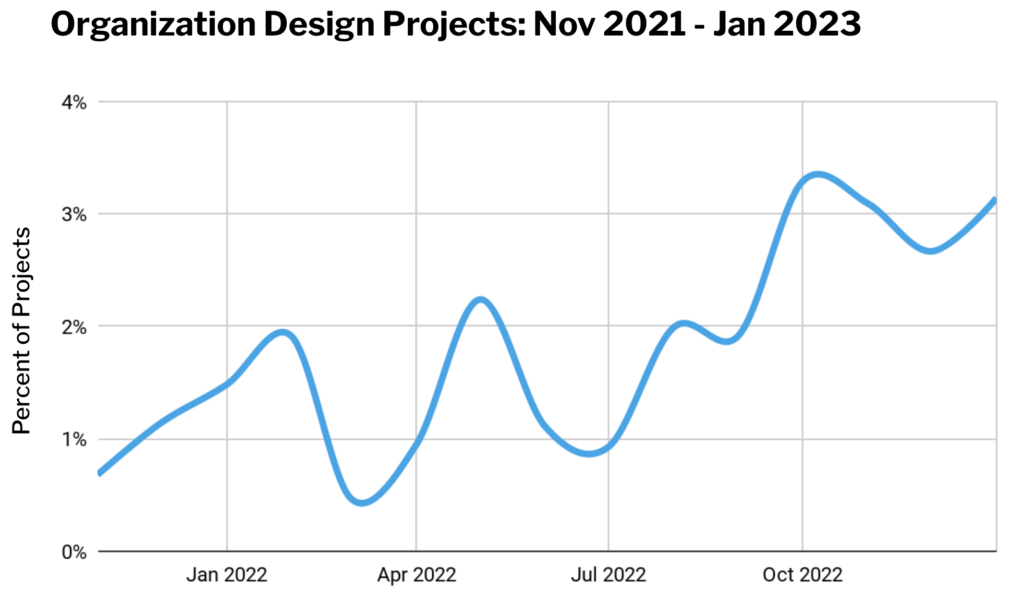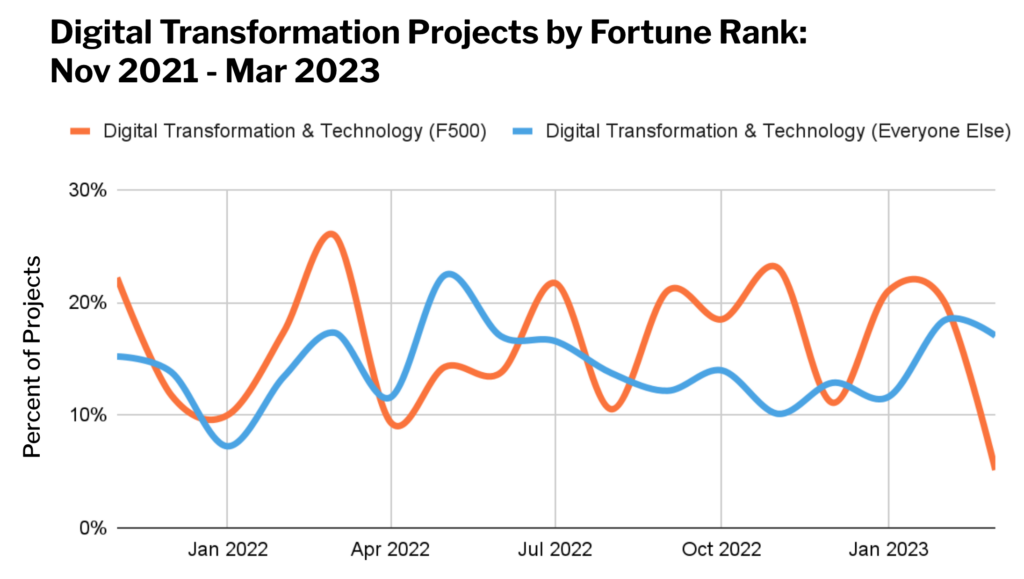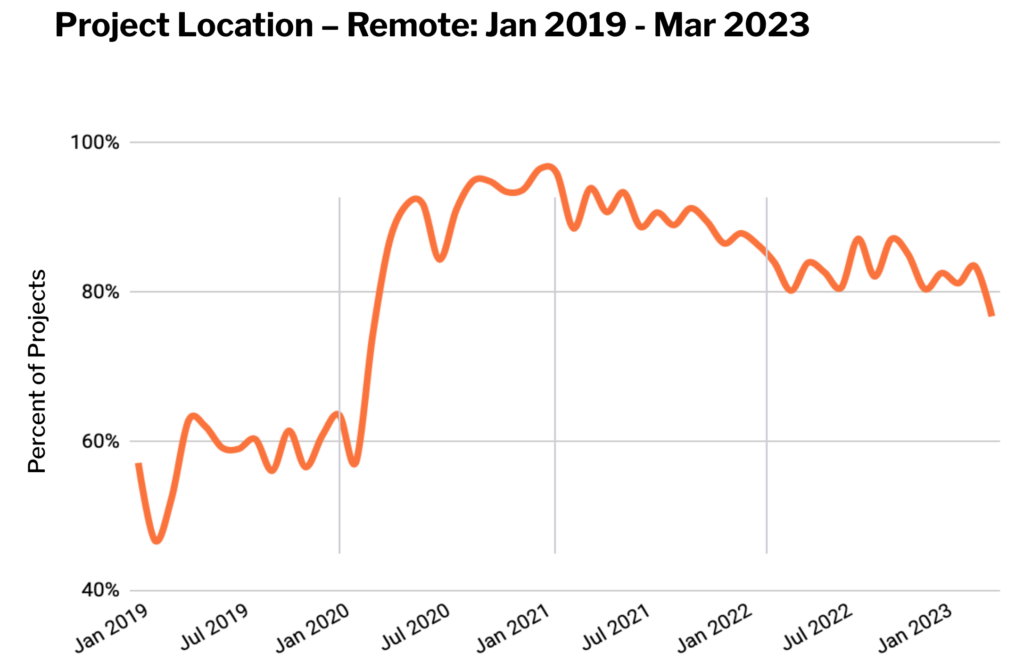Adapting to Change: Three Ways to Build Strategic Resilience in Your Organization

In today’s rapidly evolving business landscape, executives are constantly trying to stay ahead and anticipate the future. The events of recent years have only accelerated this need for foresight and adaptability, as companies worldwide have been forced to pivot in response to disruptions.
As the narrative shifts for many businesses, strategic resilience becomes an even more important factor for long-term success.

In an era where technological advancements and global events can disrupt traditional business models overnight, it is crucial for organizations to be agile and flexible enough to pivot quickly while still maintaining strong core values.
These facts were top of mind for me over the last few weeks as I prepared to welcome business leaders to our Executive Strategy Session. Several times a year, we bring together hundreds of leaders across private equity, consulting, corporate, and advisory sectors to discuss emerging trends and strategies to adopt more resilient and agile business practices.
Thousands of projects a year are posted on our Expert Marketplace, and through that, we get insight into how the largest companies in the world are thinking about their work. We often see the emergence of market-wide trends before they hit the front page of the newspapers. From that data, and through the dozens of talks I have with executives weekly, I see three trends emerging that can help companies be resilient in the face of change.
1. Organizations must be flexible
When a company undergoes a business model transformation, it often requires a shift in the talent needed to execute that new strategy. This process can be challenging as it involves hiring new talent and upskilling existing employees or restructuring teams altogether.
Over the last year, we’ve seen an increase in the number of organization design projects on the Catalant platform.
While some projects are focused on cost reduction to become more operationally efficient, most are not. More recently, the consistent theme in this work is a need to align organization design to a changing corporate strategy.
One example of this is a major CPG company with a house of brands approach redesigning roles and responsibilities of the brands in recognition of the fact that they need to be far more direct-to-consumer. This strategy, of course, creates new challenges as it relates to ensuring their brands aren’t competing directly against each other, and which requires far improved data about the end customer.

2. Digital transformation must stay top of mind
Business leaders must understand the need to continuously innovate and evolve to stay relevant in today’s dynamic business environment. Digital revolutions have brought forth new patterns of consumer behavior built on real-time access to information and the rise of just-in-time assets (Airbnb, Lyft, and even cloud computing). It has also birthed new business models, like SaaS, social media, streaming services, e-commerce, and gig economy platforms.
Companies are adapting their strategy in response to changing market and customer dynamics, and industries are colliding in ways we haven’t seen before. CVS is no longer just retail; Netflix isn’t just movie rental; Amazon is vertically integrating healthcare solutions; and John Deere is in the business of robotics.
Digital transformation isn’t just adding a few more digital tools to a tech stack or moving files to the cloud. It’s a fundamental shift in how a business operates. The digital transformation project category has always made up a large portion of the work clients do with Catalant, which is not surprising given it’s an area where companies don’t inherently have the strongest capabilities.
Behind the data are a few interesting insights:
- One is a consistent theme of companies trying to understand what to do with their data, how to actually use it. We see a consistent theme of “data TMI” or data overload. Companies are focused on capturing lots of data, but are struggling with how to analyze it or take action on it.
- Another theme is digital transformation shifting more toward operationally-focused areas of the business, and less so on growth-focused. This makes sense in the current macroeconomic environment, where most companies are backing away from “growth at all costs.”
- An additional theme is digital transformation becoming a core capability. For a lot of companies the idea of transformation and strategy are merging – transformation isn’t a one-time event and, in fact, becomes more of an execution arm of strategy, so we see companies working to build that into a capability.
- When we double-click into the data, we also see digital transformation historically being driven by our largest clients.
An interesting recent project example is a fast casual restaurant chain that created a pricing calculator to help their global locations adapt prices based on the differing cost of inputs, with a goal of making this information transparent to customers.

3. Create a culture of embracing flexibility
As companies navigate through significant changes caused by market disruption, those who can assemble flexible, adaptable teams will have greater chances of success than others who remain rigid or resistant to change. A variable workforce allows for greater speed and flexibility.
And as this change has been happening, we’re relying on a fundamentally different workforce:
- 64% of the workforce is made up of Millennials and Gen Z, with projected growth to be 75% of the workforce by 2030. This is a generation that grew up during the digital revolution and is comfortable with – and demands to use – modern technology.
- AI is here, and it’s already having an impact on jobs and the way work gets done. It’s estimated 97 million roles will be created by 2025 as humans, machines, and algorithms work together.
- The composition of the workforce is changing dramatically. Independent contractor roles are growing four times as fast as full-time job postings on LinkedIn.
Since our start in 2013, a lot of the work we saw on the platform from then through 2019 was on-site or at a minimum, hybrid. Naturally, we saw that shift tremendously during the pandemic. It didn’t go to 100% – we did have a large number of projects where clients needed Experts on manufacturing sites, for example – but by and large the work went fully remote.
We are now seeing that trend shift. Remote-only project locations peaked in January 2021 and have steadily declined since. We’re not seeing a complete reversal of the remote trend, but rather a preference for flexibility. Much like what we’re seeing in the FTE world, clients are increasingly bringing independent consultants back on site for at least a kickoff, mid-point check in, and final deliverable.
In 2023, savvy HR leaders will turn quiet-quitting on its head with “quiet hiring” in order to acquire new skills and capabilities without adding new full-time employees… to flexibly bring in talent only as needed.
Gartner, 9 Future of Work Trends in 2023
Today, workforces are diverse, dynamic, and composed of a mix of resources, like people who will never be FTEs, but who bring specific capabilities to the organization in just the amount needed. I predict this trend will continue.

Are you ready to embrace a more resilient strategy?
Today’s market turbulence is pushing companies to reconsider their leadership tactics, access to talent, and strategies for transformation. By taking a flexible approach, your organization will be able to adapt in real time and optimize your strategy so it aligns with current market dynamics. You’ll also have access to the precise talent and skill sets that you need the moment you need them, and be prepared to use change as an opportunity for growth.
You can watch a more in-depth version of my talk, Transforming Your Business for the Future.
Watch NowRelated Articles
Share Article












